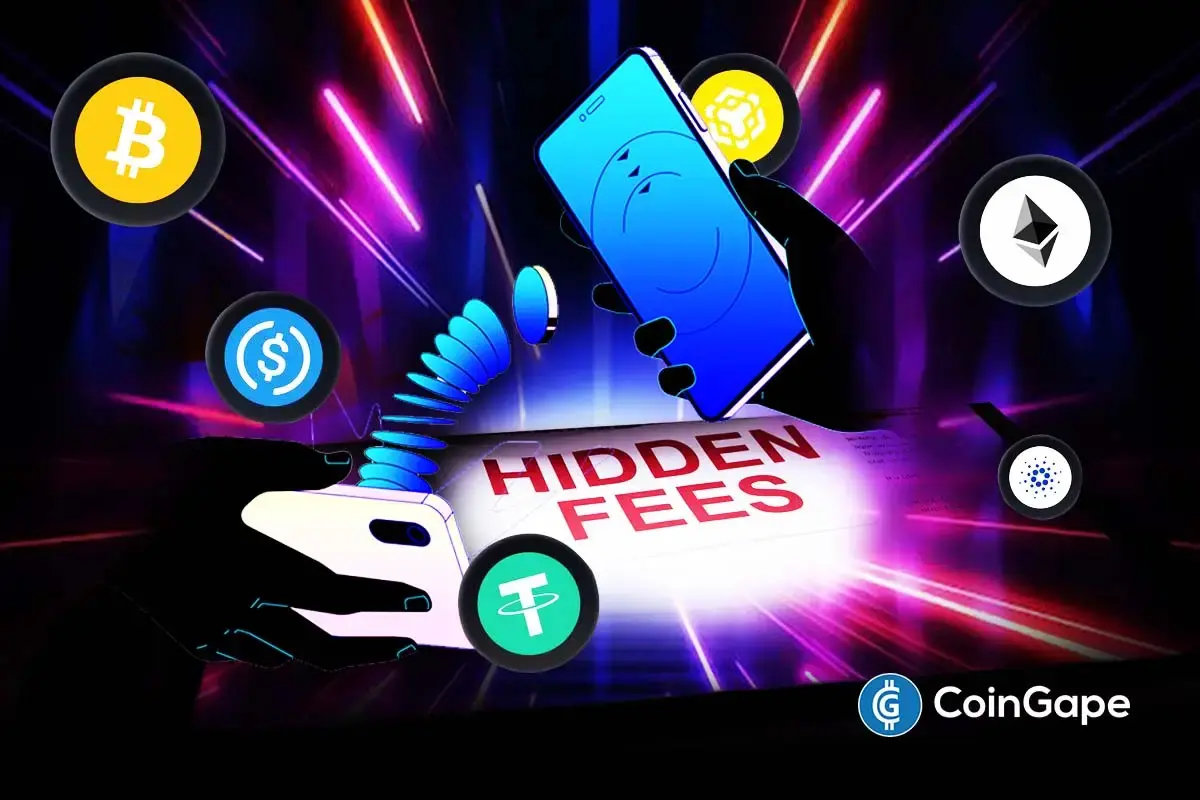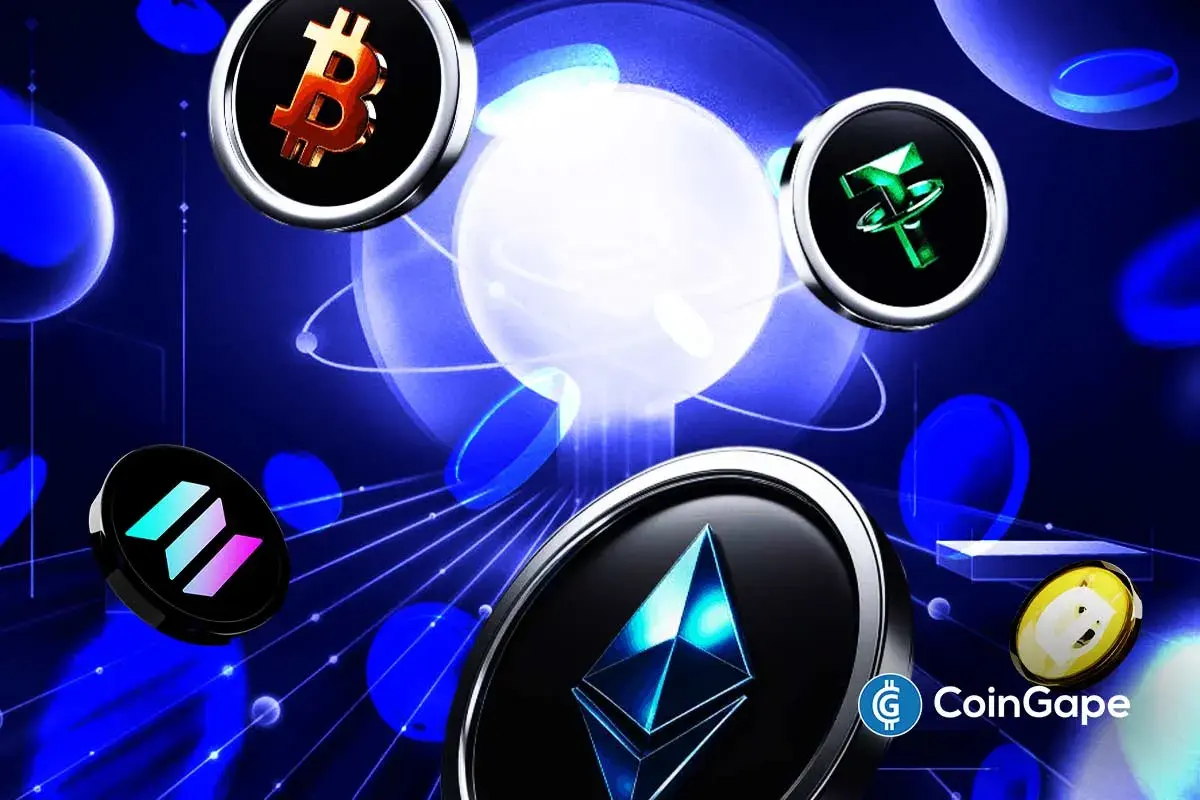A crypto wallet must link a user’s wallet to a Web3 application if they want to interact with those applications. Using decentralized applications (dApps) on blockchains like Ethereum is also made possible by cryptocurrency wallets, which act as user access points. However, with blockchain wallets, developers need help with programming when implementing support for these wallets to their dApp. Here, WalletConnect comes into the picture. It provides a solution that enables developers to implement a connection between dApps and wallets effortlessly. As such, we will look closer at WalletConnect and how you can utilize it.
What is a WalletConnect?
The open-source protocol WalletConnect enables communication and interaction between your wallet and DApps and other wallets. The DApp and your wallet are connected securely through WalletConnect by scanning a QR code or clicking a deep link. The protocol must also include push notification capabilities to alert users to incoming transactions. WalletConnect may be familiar to you from iOS or Android mobile wallets like Trust Wallet and MetaMask.
WalletConnect supports over 75 top wallets in total. One of two methods of connecting with Dapps is scanning a QR code or clicking a deep link. One peer sends the code or link, and the other peer reviews or approves the interaction before it is sent out. It is incredibly simple to establish a secure and trustworthy connection when WalletConnect is integrated into a dApp. This alternative is even more secure than relying solely on MetaMask or any other wallet.
WalletConnect provides additional helpful features that are helpful for blockchain development. Some examples are as follows:
- Chain Agnostic: WalletConnect currently supports a wide range of different chains. This indicates that WalletConnect can be used, for instance, when working with Ethereum or Solana. Additionally, the protocol will advance to support even more chains in the future.
- Multi-Chain: The protocol supports multiple different chains and also permits multi-chain integration. This implies that connecting a wallet to several chains is possible.
- Platform Agnostic: WalletConnect is an independent platform. Applications for desktop, browser, mobile, and gaming platforms can all use the protocol.
How does WalletConnect connect to DApps?
Mobile and desktop browsers have different ways of connecting to DApps using WalletConnect. On the other hand, both are quick and easy to complete. If you occasionally experience connection problems, start at the beginning and repeat each step. Ensure that your wallet supports WalletConnect before attempting the instructions. Here we have taken pancakeswap to illustrate the procedure more clearly.
- Go to the DApp you want to connect to and open it. Nearly all DApps should have a [Connect] button that you can click.
- To access the website using a desktop browser, click the [Connect] button. A pop-up window will now appear with various options for connecting your wallet.
- You’ll have to scan this QR code with your mobile wallet that supports WalletConnect.
- Head to [Settings] and then WalletConnect.
- A pop-up will appear in your wallet after you scan the QR code. To allow the DApp to communicate with your wallet, tap [Connect]. Once connected, you can disconnect anytime by tapping [Cancel] in the top left corner.
- Use the browser on your mobile device to connect to a DApp. In this situation, adhere to steps 1 and 2 as usual. Instead of a QR code, you will discover a list of available wallets. Back at the last step, choose your wallet.
- A pop-up will show up in your wallet, asking you to confirm the transaction. Press the confirm button after verifying that your transaction is accurate.
With WalletConnect, stay secure!
Disconnect your wallet from it as soon as you’re done with a DApp. Additionally, it is always important to verify that the DApp you are connecting to is reliable and that the correct URL was used to access it. Last, restarting your app and clearing your browser’s cache will also help increase your security when connecting to a DApp.
Conclusion
WalletConnect is a popular tool in the decentralized finance (DeFi) and decentralized applications (DApp) communities. You can access a variety of services after only a brief learning period. WalletConnect is a helpful tool for accessing DApps while on the go as cryptocurrency wallets become even more portable.










